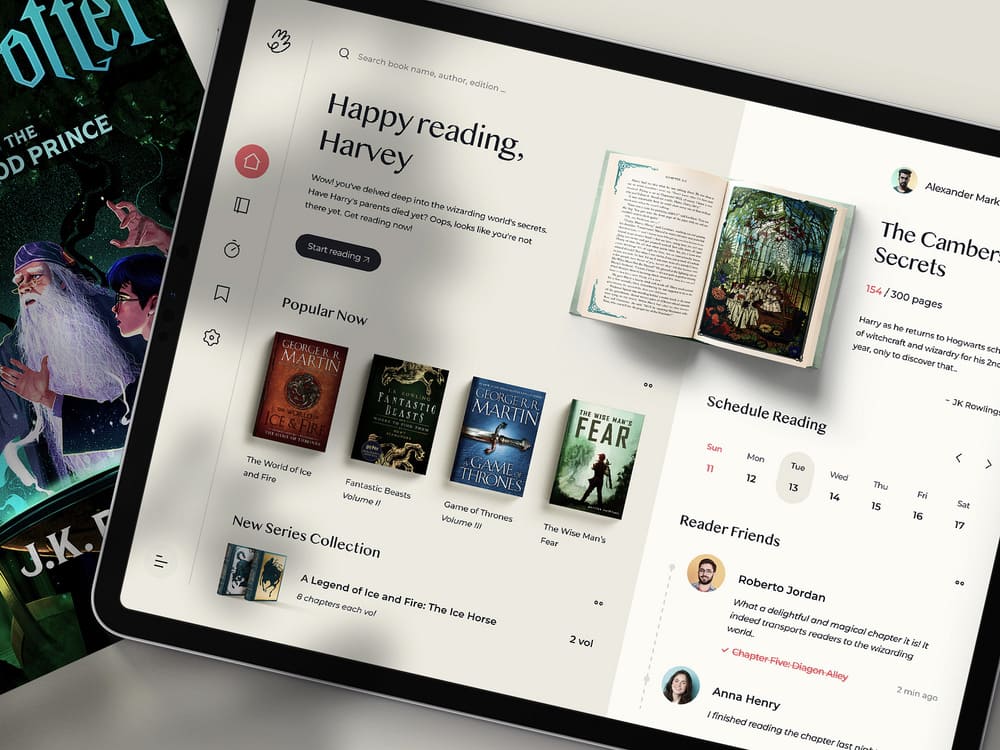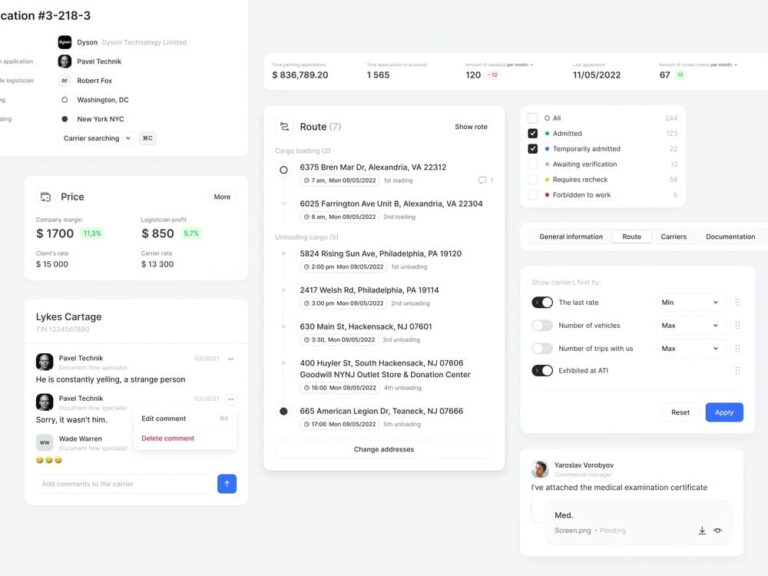- Book Promotion Section
Every book should have its own dedicated space, showcasing cover images, summaries, and purchase links. For those who want to sell directly, setting up a basic e-commerce section within the website can be a great option, allowing readers to buy your books straight from your site instead of going through third-party platforms. - Blogging for Reader Engagement
A blog is a powerful way to connect with your audience and offer a glimpse into your creative world. Share insights about your writing process, character backstories, or upcoming book launches to give readers something special. Regular blogging also boosts your website’s SEO, helping new readers find you more easily through search engines. - Email List and Newsletter Integration
Building a loyal audience is essential, and an email list is one of the best ways to do it. Capture emails through your website by offering readers something in return, like a free chapter or short story. Use your email list to share new releases, special offers, or exclusive content directly with your most engaged followers. - Social Media Integration
Connecting your website to your social media accounts ensures your readers can easily follow you across platforms. Including social sharing options on blog posts can help increase your visibility, allowing readers to easily share your content with others. - Media and Contact Page
For journalists, bloggers, or anyone interested in interviews or partnerships, a media and contact page is a must. Providing a media kit—containing an author bio, book summaries, and high-quality images—can make it easy for others to learn more about your work and collaborate.









